
Insect Cocoon Free Photo Download FreeImages
FAMILY IDENTIFICATION. Big red rump: Day-Flying Moths AGARISTINAE. Everts stinging hairs when disturbed: Spitfires LIMACODIDAE. Carries a silk cocoon around, often with sticks or leaves glued to it: Bagmoths PSYCHIDAE. Smooth with a pointed horn on the tail: Hawk moths SPHINGIDAE.

Cocoon ID
2. Butterflies and Moths Butterflies and moths are perhaps the most commonly known insects that build cocoons. Their larvae, which are caterpillars, are voracious eaters. Caterpillars spin silk, and this silk is used to form the cocoon for the pupal stage of development - the final stage before adulthood.
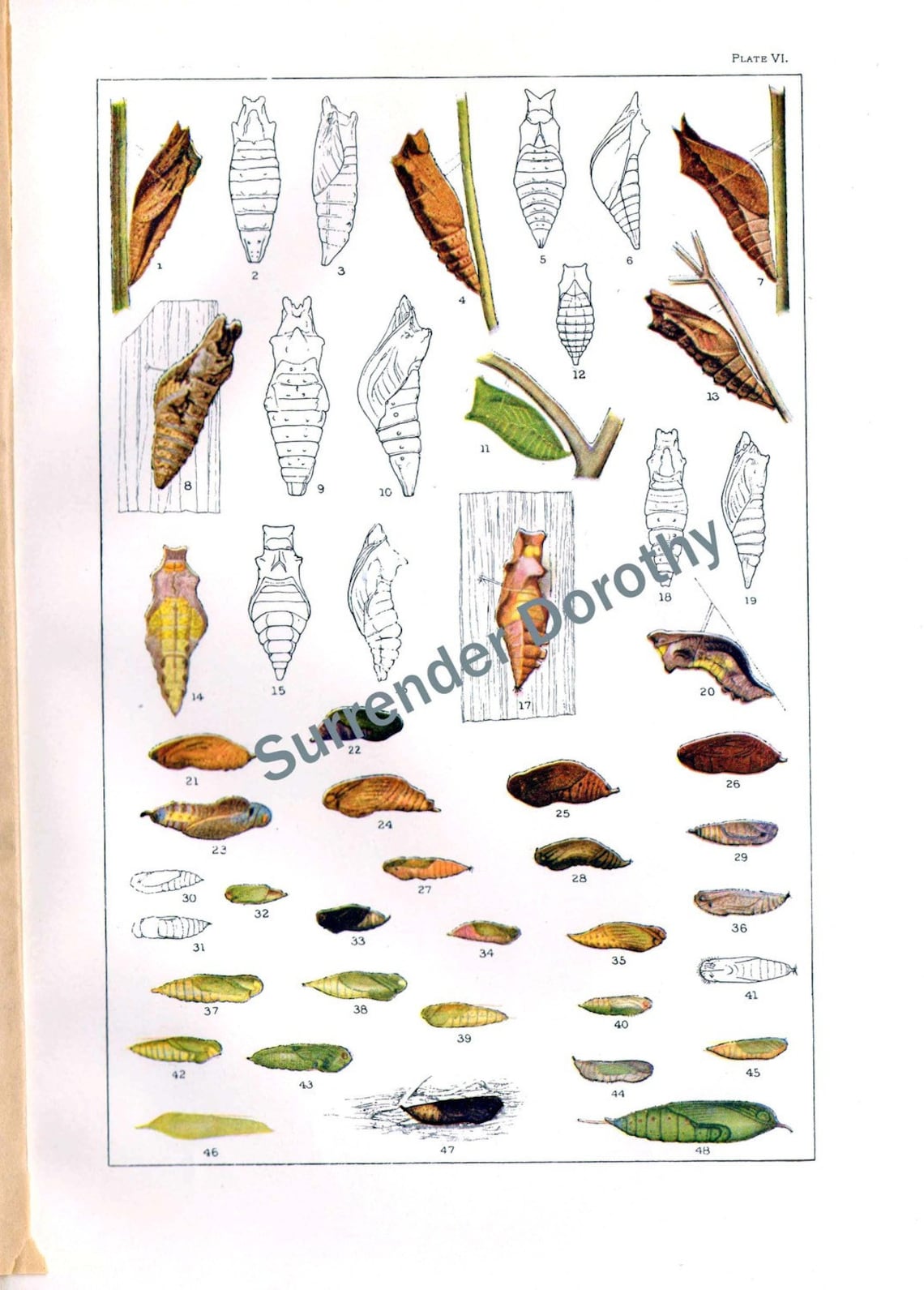
Butterfly Cocoon Chart Edwardian Entomology 1900 Natural Etsy
While there is no shortage of insects that are bad for your garden, we've used our experience in gardening to narrow them to 29 common garden pests and we've given brief tips on how to identify and get rid of them using non-toxic methods. Aphids African Black Beetle Australian plague locust Azalea lace bug Bronze Orange Bug Cabbage Moth
Help identifying this cocoon? r/insects
An online resource devoted to North American insects, spiders and their kin, offering identification, images, and. » Hexapods (Hexapoda) » Insects (Insecta) » Butterflies and Moths (Lepidoptera. It was laying outside my school and on the way home I spotted it thinking it was a regular butterfly cocoon, it moved and I freaked.

Butterfly Cocoon Chart Edwardian Entomology 1900 Natural Etsy
There's no salt present, but there is calcium and calcium is what's used in lime to sweeten soil, so if your soil is slightly acidic, it'll be slightly less acidic as the shells dissolve. What is the best lemon variety for Perth?
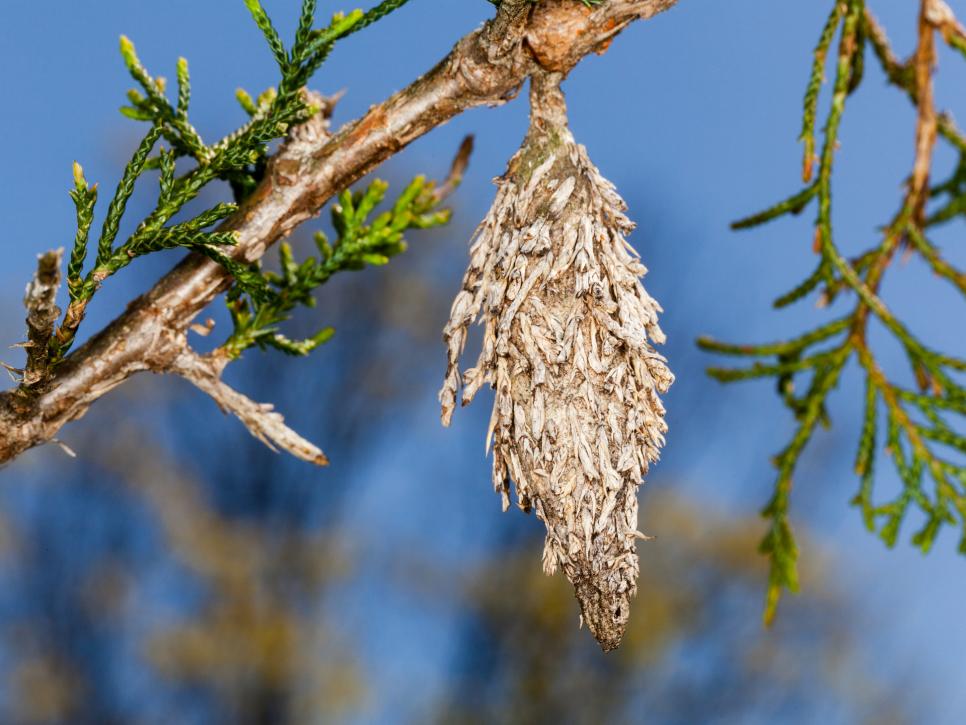
Identifying Insect Cocoons in Your Landscape and Garden HGTV
Cooperative Extension agents Examples of Caterpillar and Cocoon Identification Tomato hornworm: good image for ID.

cocoon under an oak leaf Wockia asperipunctella
A cocoon is a protective coil of silk produced from spinerets under the mouth of a caterpillar. It is wound round and around itself by the pupating caterpillar in a many species of moth. The caterpillars of butterflies do not make a cocoon. When a Caterpillar is ready to change into a butterfly or moth, the animal forms a pupa, also commonly.
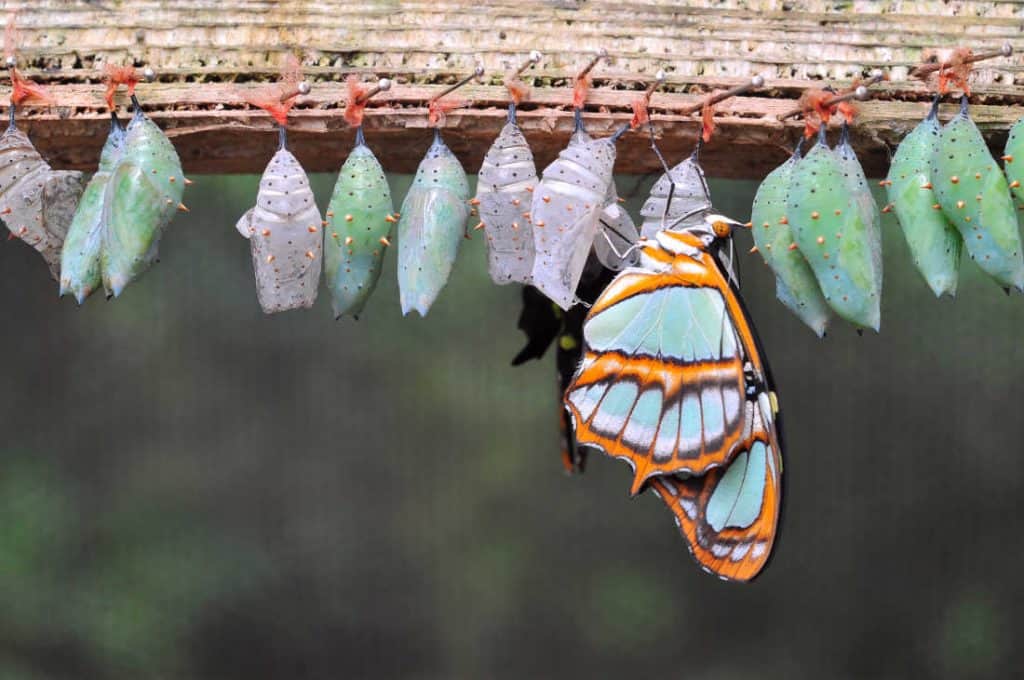
Butterfly, Caterpillar and Cocoon Identification Home Garden Joy
Observe the Cocoon's Appearance. One of the easiest ways to identify whether a cocoon is alive or not is to observe its appearance. A live cocoon is usually firm, intact, and has a consistent color. If the cocoon appears damaged, has holes or cracks, or is discolored, it may not be alive. Moreover, a live cocoon may also have a sticky.

Cocoon wrapped in leaves? Antheraea polyphemus
Australian Moths Online helps to: create interest in Australian moths and encourage amateur Lepidopterists to contribute to research. assist professional researchers to identify moths. give all people the chance to see some of Australia's rarely observed biodiversity treasures. Australia has around 22 000 species of moths.
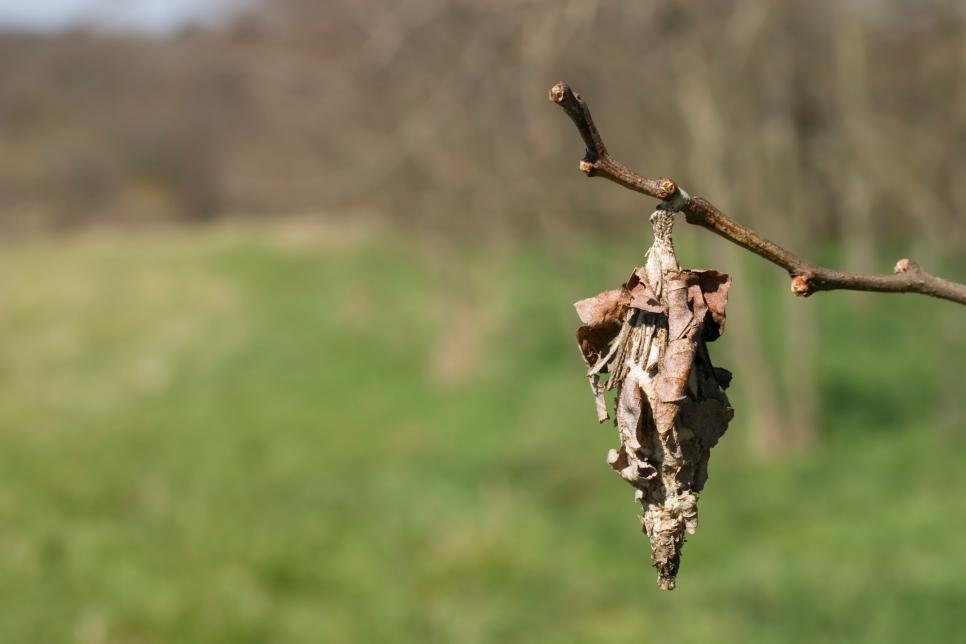
Identifying Insect Cocoons in Your Landscape and Garden HGTV
To identify the type of cocoon and its inhabitant, it is essential to research the specific species of insect you are interested in locating. Some cocoons are very distinctive, such as the large, papery cocoons of the Luna moth. Others may be more subtle and difficult to locate, such as the small, silk cocoons of some species of moths.

Identifying Egg Casings or Cocoons? ThriftyFun
1 / 14 Photo: skhoward What is a Cocoon? Many insects create a cocoon for protection during an early stage of development, called the pupal stage, in which they dramatically transform from an adolescent larva (such as a caterpillar) to their adult form (such as a butterfly). This is called metamorphosis.

Eastern Tent Caterpillar Cocoon Malacosoma americana
Make sure that the cocoon and bug or insect identification information matches three things: The place where you live - by country, region, gardening zone. Insects aren't universal. Bugs that I find here in Virginia may be different from those in Texas, Oklahoma, London, Baton Rouge, Dublin, Hamburg, or Moscow. The closer the match the better.

Insect and Spider Identification CLOSED Large Cocoon Found in Soil, 1 by village1diot
Beetles, flies, ants, bees, wasps, butterflies, moths, fleas and caddisflies are the most well-known insects that undergo this change. Most are just called pupa but butterfly pupas are called chrysalis, a cocoon is made out of silk that a moth caterpillar spins around itself then pupates inside.
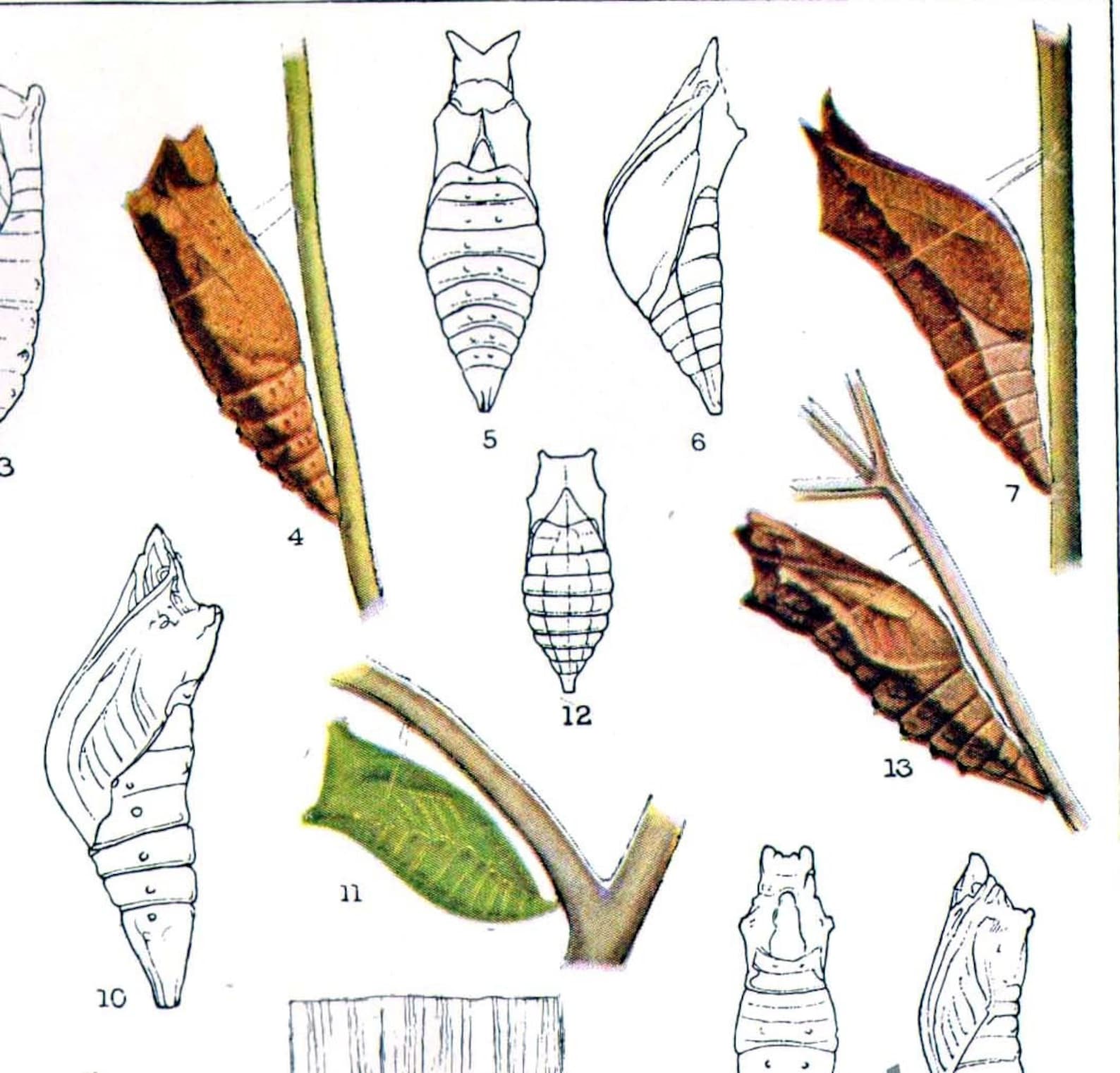
Butterfly Cocoon Chart Edwardian Entomology 1900 Natural Etsy
Insect Identification. Check the Atlas of Living Australia www.ala.org.au for identification tips.
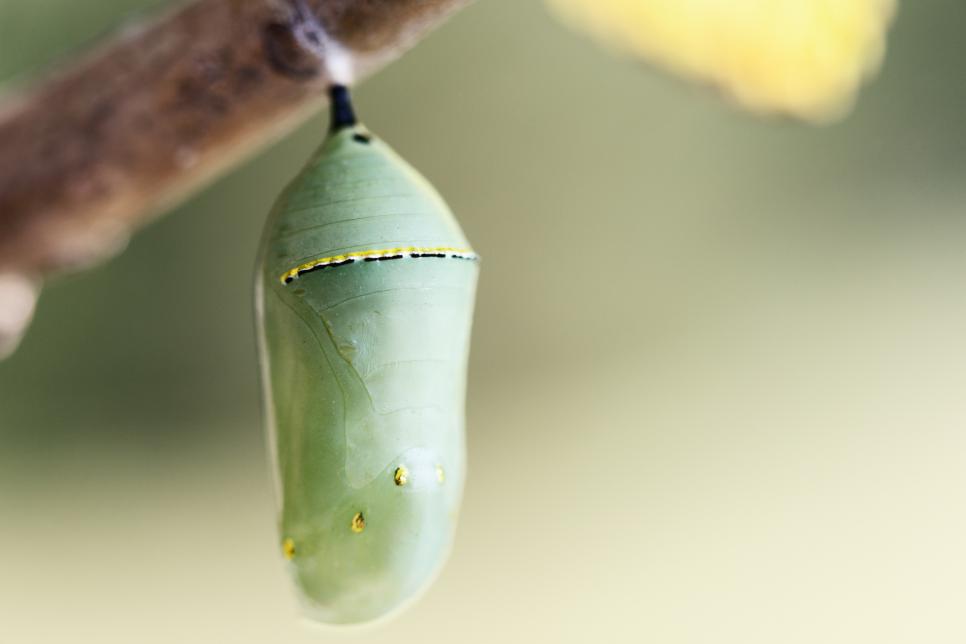
Identifying Insect Cocoons in Your Landscape and Garden HGTV
Type Of Insects In Cocoons When the marjority of people stop to think about a cocoon they automatically think about moths and butterflies. While these "insects" definitely use cocoon s, you should know that there are a lot of other kinds of insects that also use cocoon s.

Identifying Insect Cocoons in Your Landscape and Garden HGTV
Free Shipping on eBay